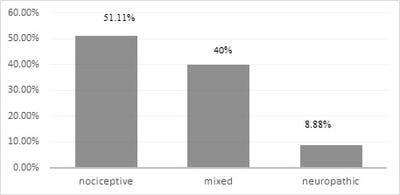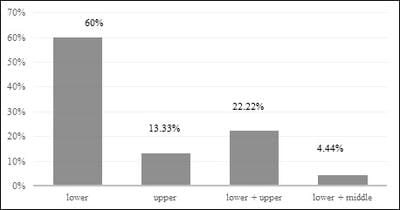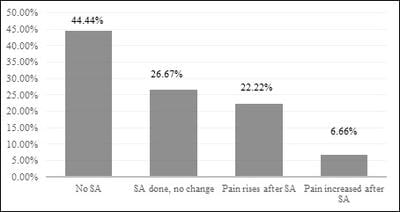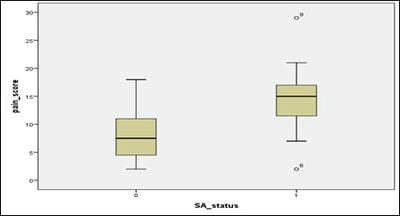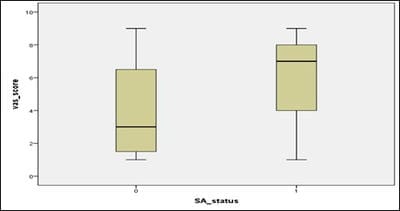Spinal anesthesia during cesarean section and persisting low back pain: a cross sectional study in West Bengal, India
Mukhopadhyay A.1, Bhattacharyya A.2, Chanda S.3*, Kumar Syamal A.4
DOI: https://doi.org/10.17511/ijmrr.2019.i06.09
1 Aditi Mukhopadhyay, Post Graduate, Department of Physiology, Hooghly Mohsin College, University of Burdwan, Bardhaman, West Bengal, India.
2 Arpan Bhattacharyya, Post Graduate, Department of Physiology, Hooghly Mohsin College, University of Burdwan, Bardhaman, West Bengal, India.
3* Sarmishtha Chanda, Department of Physiology, Sister Nibedita Govt. General Degree College for Girls, Hastings House, Kolkata, West Bengal, India.
4 Alak Kumar Syamal, Post Graduate, Department of Physiology, Hooghly Mohsin College, University of Burdwan, Bardhaman, West Bengal, India.
Background: Spinal anesthesia related spinal injury can be a major issue in elevating back pain. Several evidences have established this process as a significant contributor of back pain; though contradictions are also present. This study aims to focus on the consequences of back pain associated with the effects of spinal anesthesia that have been received before several years. Methodology: 48 housewives are included in this study (20 subjects for vaginal delivery and 28 subjects for spinal anaesthesia induced cesarean section) based on convenient sampling method through assessing their socio-economic status and other attributing criteria. Pain detect tool was used to track back pain status and a semi structure questionnaire was used to explore other considerations. Results: Results have shown significant differences in pain responses after receiving spinal anesthesia (exposed group) than control group. Subjects have reflected significant differences in their pain perception scores. Conclusion: This study concludes that subjects have shown significant higher pain perception levels after receiving spinal anesthesia compared to general anesthesia. Decision of Cesarean section delivery should include patient’s previous pain conditions and current need. Acute care in post surgical pain should be immediately addressed even after several months of the surgery.
Keywords: Back Pain, Spinal Anesthesia, Cesarean Section
| Corresponding Author | How to Cite this Article | To Browse |
|---|---|---|
| , Department of Physiology, Sister Nibedita Govt. General Degree College for Girls, Hastings House, Kolkata, West Bengal, India. Email: |
Mukhopadhyay A, Bhattacharyya A, Chanda S, Syamal AK. Spinal anesthesia during cesarean section and persisting low back pain: a cross sectional study in West Bengal, India. Int J Med Res Rev. 2019;7(6):496-503. Available From https://ijmrr.medresearch.in/index.php/ijmrr/article/view/1104 |


 ©
© 